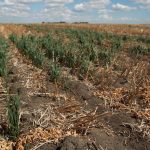
Stories by Margaret Evans

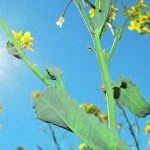
Plants find way to keep harmful solar rays at bay
Crops need sunlight for photosynthesis, but too much of a good thing can damage leaves and decrease their efficiency
Crops create food through the process of photosynthesis. But when leaves are exposed to full sunlight their green chlorophyll molecules can get more light energy than they may be able to handle. This can lead to damaged leaves costing the plant 10 to 30 percent of its ability to photosynthesize. However, plants have developed a […] Read more
Soybean virus benefits bugs that eat the crop
Soybean thrips infected with the soybean vein necrosis orthotospovirus reproduce better than uninfected insects
A virus is a threat to many crops but, in a complicated relationship, the soybean vein necrosis orthotospovirus is an unexpected benefit to soybean thrips. Researchers at Penn State’s College of Agricultural Sciences have discovered that, when soybean thrips are infected with SVNV, they thrive longer and reproduce better than thrips that are not infected. […] Read more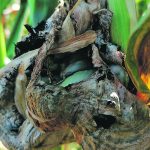
Corn smut infection has its roots in the genes
German researchers find five genes that the Ustilago maydis fungus uses to manipulate a corn plant’s signalling pathway
Researchers at Germany’s University of Bonn have identified five genes in the fungus Ustilago maydis that cause the disease corn smut. Corn smut causes kernels to swell into tumour-like galls whose tissues and texture are like mushrooms. They can grow from about six inches to the size of a child’s head. The galls are made […] Read more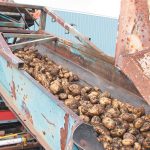
Scientists watch rapidly mutating crop-infecting bacteria
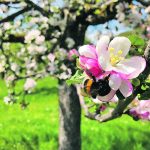
Antibiotic spray affects bumblebee cognition
Researchers determine that a common treatment for fire blight in fruit orchards can hurt the pollinator’s foraging ability
In recent years, the use of streptomycin antibiotic spray has increased as orchard farmers fight a rise in plant bacterial infections caused by pathogens such as Erwinia amylovora. Fire blight can turn blossoms and shoots of apple and pear trees black, making them look like they were scorched by fire. Citrus greening, also known as […] Read more
Climate change hits bumblebees as world warms
Researchers find that 37 of 46 species showed greater declines or less responsive increases due to rising temperatures
Recent research from Simon Fraser University in Burnaby, B.C., suggests that the greatest negative influence bumblebees face from climate change are changes in temperature, which could affect the insects even more than precipitation changes or changes in the flower types. The study focused on the historical changes driven by climate change and rising temperatures over […] Read more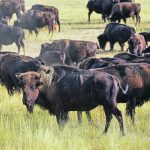
Cattle genes in bison unable to hide
Previous research found cattle genes in most bison, but advanced genomics discovers more widespread presence
According to a new study by scientists at Texas A&M University, all bison in North America carry multiple small, yet identifiable regions of DNA that originally came from cattle. The research confirms there are, in fact, no purebred bison on the continent. “I did genetic bison research 20 years ago and, at that time, it […] Read more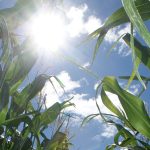
Ag adjustments urged to mitigate climate change
U.S. researcher says big shifts are needed in what and how food is grown to keep agriculture sustainable and resilient
Farmers continue to consider ways to adapt agricultural practices to mitigate the consequences of climate change on their operations. According to Agriculture Canada, global climate models confirm the future will be warmer with more extreme weather events. Climate records show that the Earth has been heating for the past century and 17 of the 18 […] Read more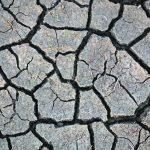
Managing soil mitigates climate change: study
American researchers explore how climate change affects soil properties and what farmers can do to manage the risks
Researchers at Emory University in Atlanta, Georgia, are looking at the long-term impacts of climate and soil properties on yields of corn, soybean, cotton and wheat across the United States. “At the same time that farmers are facing more extreme weather events caused by climate change, they are dealing with the growing problem of soil […] Read more


